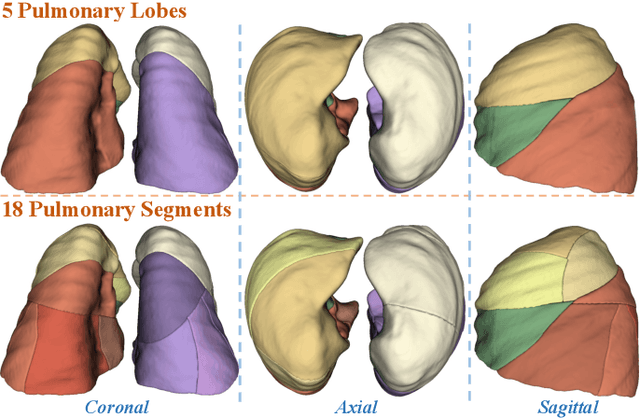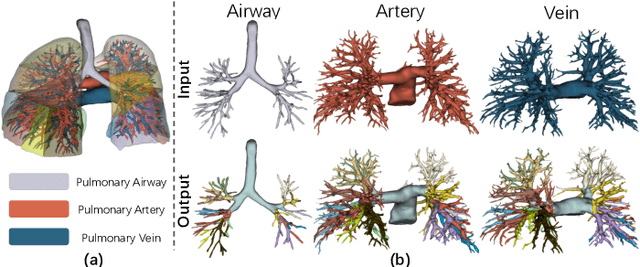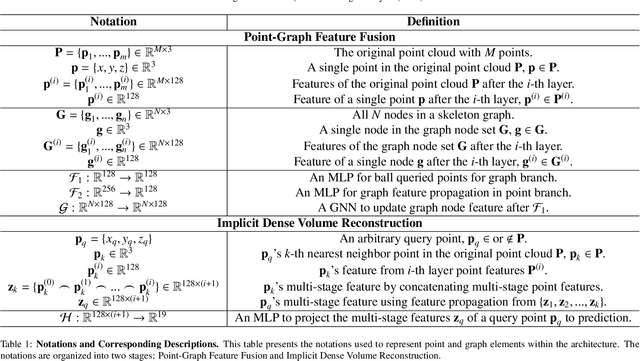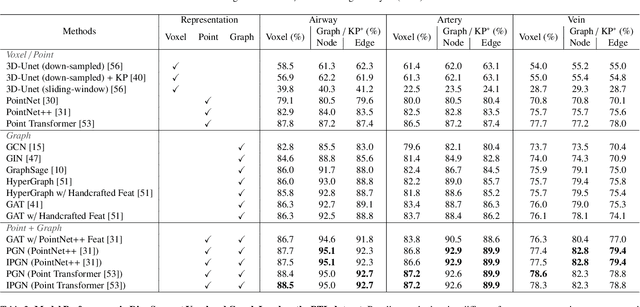Kangxian Xie
Model-Agnostic Gender Bias Control for Text-to-Image Generation via Sparse Autoencoder
Jul 28, 2025



Abstract:Text-to-image (T2I) diffusion models often exhibit gender bias, particularly by generating stereotypical associations between professions and gendered subjects. This paper presents SAE Debias, a lightweight and model-agnostic framework for mitigating such bias in T2I generation. Unlike prior approaches that rely on CLIP-based filtering or prompt engineering, which often require model-specific adjustments and offer limited control, SAE Debias operates directly within the feature space without retraining or architectural modifications. By leveraging a k-sparse autoencoder pre-trained on a gender bias dataset, the method identifies gender-relevant directions within the sparse latent space, capturing professional stereotypes. Specifically, a biased direction per profession is constructed from sparse latents and suppressed during inference to steer generations toward more gender-balanced outputs. Trained only once, the sparse autoencoder provides a reusable debiasing direction, offering effective control and interpretable insight into biased subspaces. Extensive evaluations across multiple T2I models, including Stable Diffusion 1.4, 1.5, 2.1, and SDXL, demonstrate that SAE Debias substantially reduces gender bias while preserving generation quality. To the best of our knowledge, this is the first work to apply sparse autoencoders for identifying and intervening in gender bias within T2I models. These findings contribute toward building socially responsible generative AI, providing an interpretable and model-agnostic tool to support fairness in text-to-image generation.
Template-Guided Reconstruction of Pulmonary Segments with Neural Implicit Functions
May 13, 2025



Abstract:High-quality 3D reconstruction of pulmonary segments plays a crucial role in segmentectomy and surgical treatment planning for lung cancer. Due to the resolution requirement of the target reconstruction, conventional deep learning-based methods often suffer from computational resource constraints or limited granularity. Conversely, implicit modeling is favored due to its computational efficiency and continuous representation at any resolution. We propose a neural implicit function-based method to learn a 3D surface to achieve anatomy-aware, precise pulmonary segment reconstruction, represented as a shape by deforming a learnable template. Additionally, we introduce two clinically relevant evaluation metrics to assess the reconstruction comprehensively. Further, due to the absence of publicly available shape datasets to benchmark reconstruction algorithms, we developed a shape dataset named Lung3D, including the 3D models of 800 labeled pulmonary segments and the corresponding airways, arteries, veins, and intersegmental veins. We demonstrate that the proposed approach outperforms existing methods, providing a new perspective for pulmonary segment reconstruction. Code and data will be available at https://github.com/M3DV/ImPulSe.
S$^3$-TTA: Scale-Style Selection for Test-Time Augmentation in Biomedical Image Segmentation
Oct 25, 2023Abstract:Deep-learning models have been successful in biomedical image segmentation. To generalize for real-world deployment, test-time augmentation (TTA) methods are often used to transform the test image into different versions that are hopefully closer to the training domain. Unfortunately, due to the vast diversity of instance scale and image styles, many augmented test images produce undesirable results, thus lowering the overall performance. This work proposes a new TTA framework, S$^3$-TTA, which selects the suitable image scale and style for each test image based on a transformation consistency metric. In addition, S$^3$-TTA constructs an end-to-end augmentation-segmentation joint-training pipeline to ensure a task-oriented augmentation. On public benchmarks for cell and lung segmentation, S$^3$-TTA demonstrates improvements over the prior art by 3.4% and 1.3%, respectively, by simply augmenting the input data in testing phase.
Efficient Anatomical Labeling of Pulmonary Tree Structures via Implicit Point-Graph Networks
Oct 05, 2023



Abstract:Pulmonary diseases rank prominently among the principal causes of death worldwide. Curing them will require, among other things, a better understanding of the many complex 3D tree-shaped structures within the pulmonary system, such as airways, arteries, and veins. In theory, they can be modeled using high-resolution image stacks. Unfortunately, standard CNN approaches operating on dense voxel grids are prohibitively expensive. To remedy this, we introduce a point-based approach that preserves graph connectivity of tree skeleton and incorporates an implicit surface representation. It delivers SOTA accuracy at a low computational cost and the resulting models have usable surfaces. Due to the scarcity of publicly accessible data, we have also curated an extensive dataset to evaluate our approach and will make it public.
 Add to Chrome
Add to Chrome Add to Firefox
Add to Firefox Add to Edge
Add to Edge